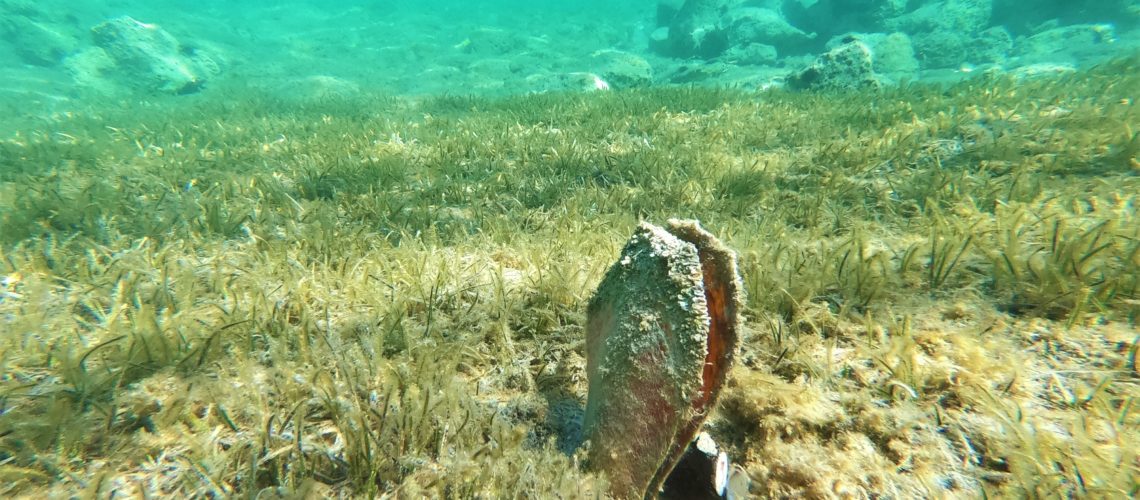
Monitoring of noble pen shell populations in the Lastovo Islands Nature Park was conducted at several locations in the Park area, and this was the first systematic research focused on noble pen shell in this Park. The impetus for the research was the occurrence of the death of this shellfish in the Mediterranean and in the Adriatic since 2019. The areas visited included several of the previously known areas as well as areas with appropriate habitat where pen shell could be seen in greater numbers. This area abounds in sediment-covered bays and sea flowers, habitats that this iconic Mediterranean shellfish often inhabits in large numbers. In the period from 25 to 28 October, the Society visited the Lastovo Islands Nature Park 20,000 miles and monitored this strictly protected species. During the monitoring, the location Saplun, which is closed by the island of Mladine, and Veli and Mali Arjenjak, which belong to the island group of Lastovnjak in the east of the Park, Zaklopatica bay in the north of the island of Lastovo, bays surrounding Pasadur between the islands of Prezba and Lastovo: Malo lago, Velo lago and Jurjevo luka on the west side of the Park, and the area of the Hidden Port on the south side of Lastovo. These sites were inspected in detail, all shellfish were counted, georeferenced, and examined to determine whether the individuals were dead or alive. The examined area was very large and the population density was only higher in points. In total, over 550 shellfish were recorded by this monitoring, the largest number of which was recorded in Mali Lag near the settlement of Pasadur, a total of 154 individuals. Unfortunately, only shellfish were found at all locations – the mortality of the population at all locations is 100%. All individuals are dead, the shellfish has died and its tissue has been degraded prior to monitoring, leaving only empty shells standing upright buried in sediment, open, providing a new home and refuge for octopuses and fish.
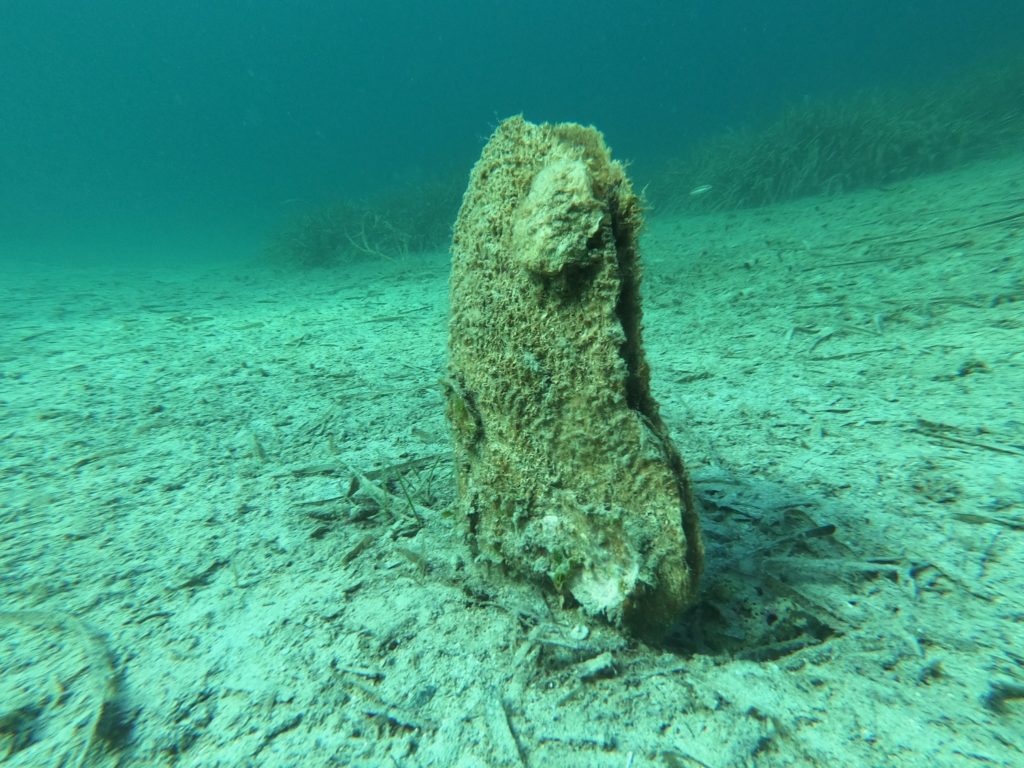
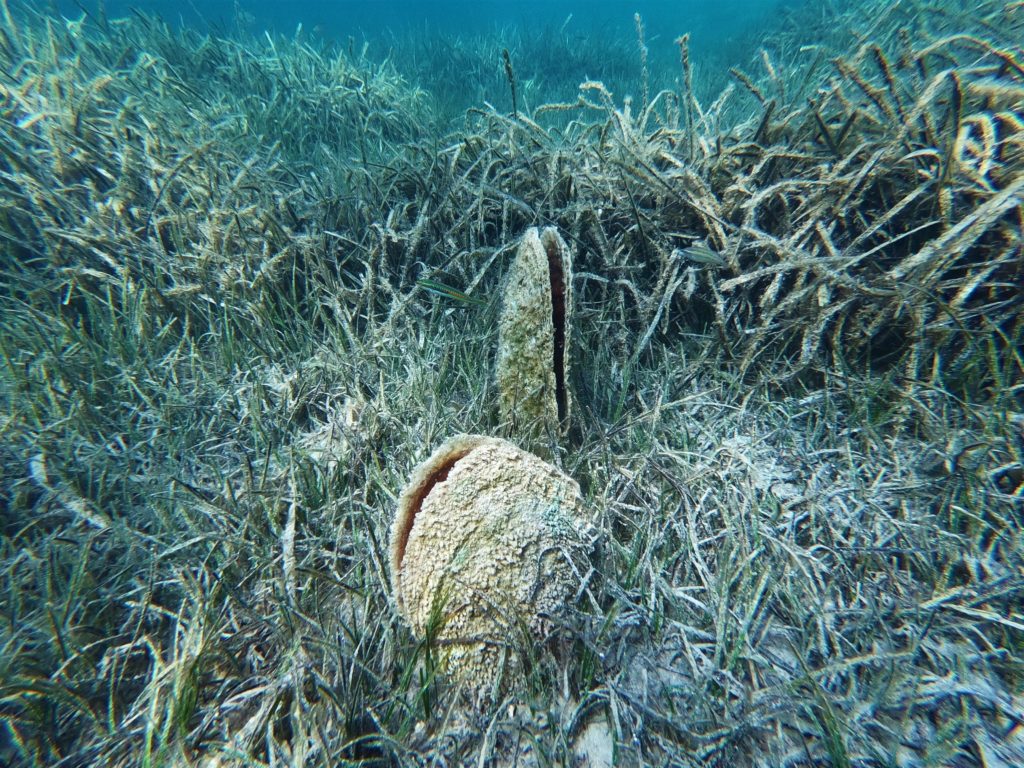
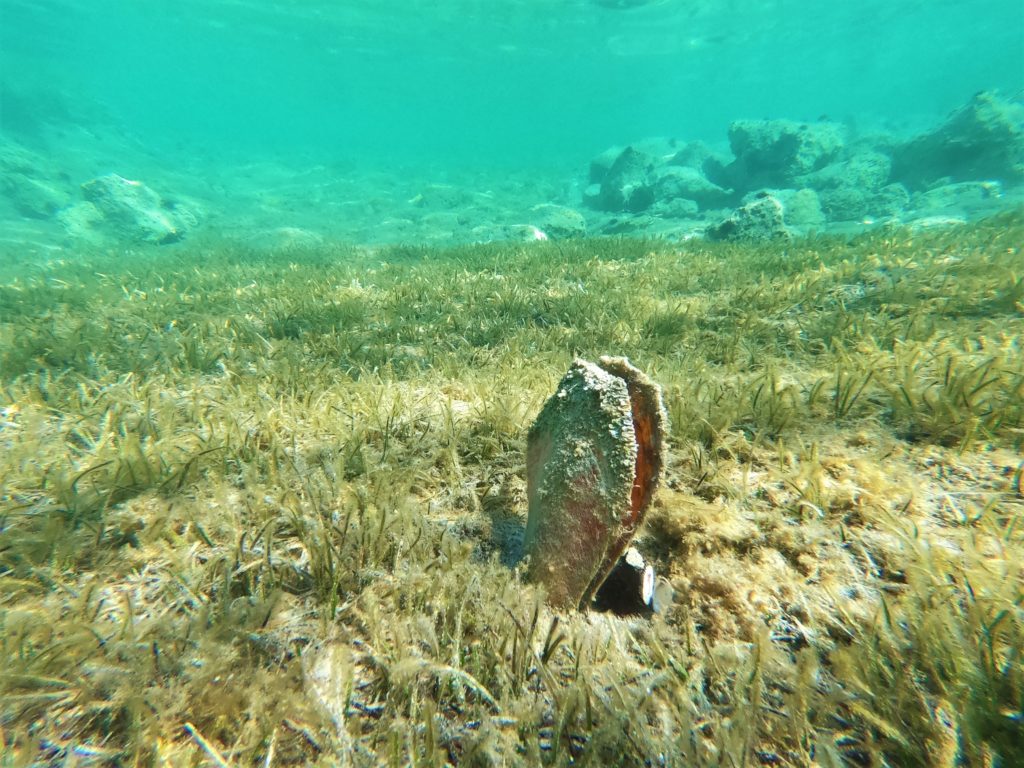
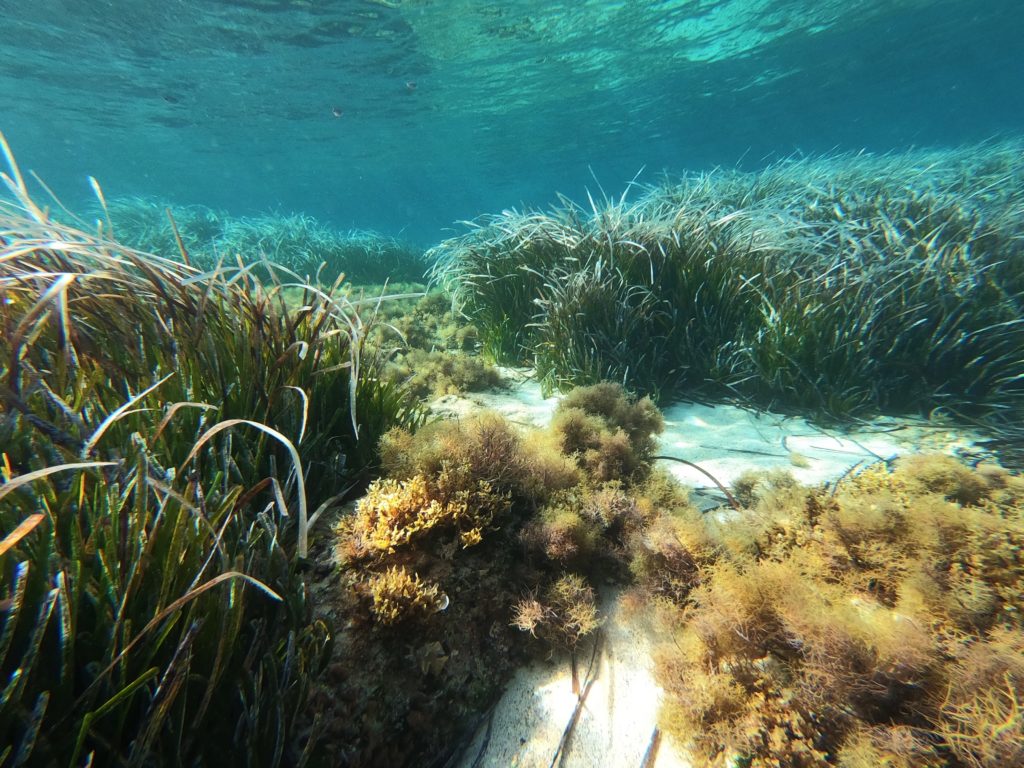
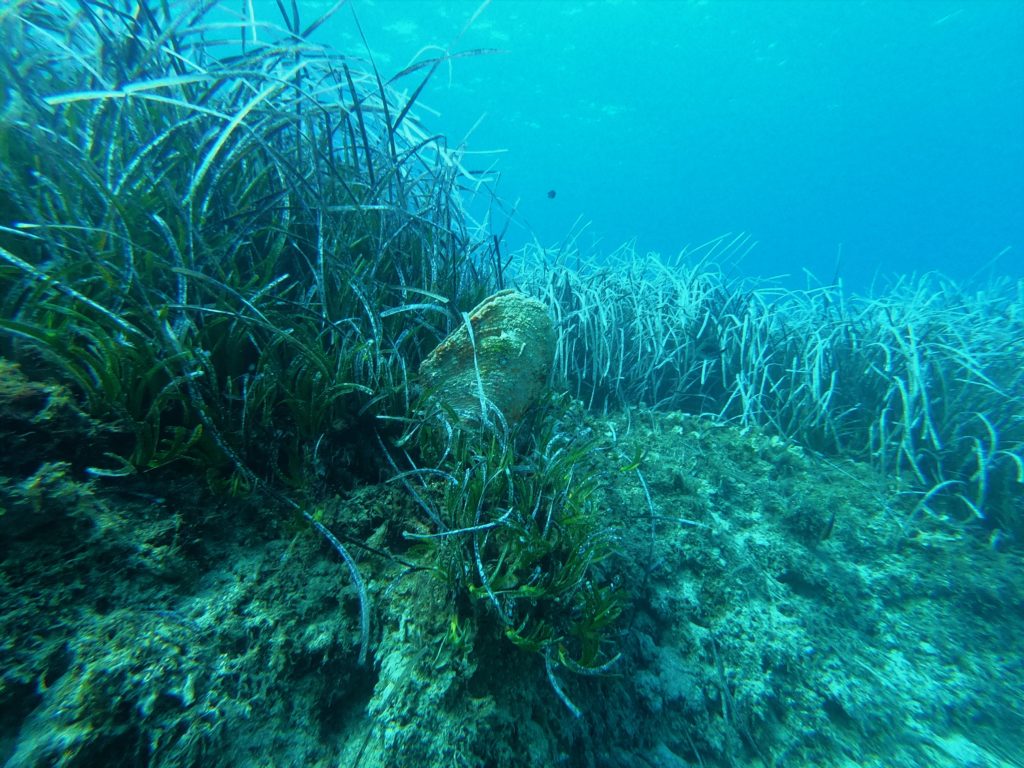
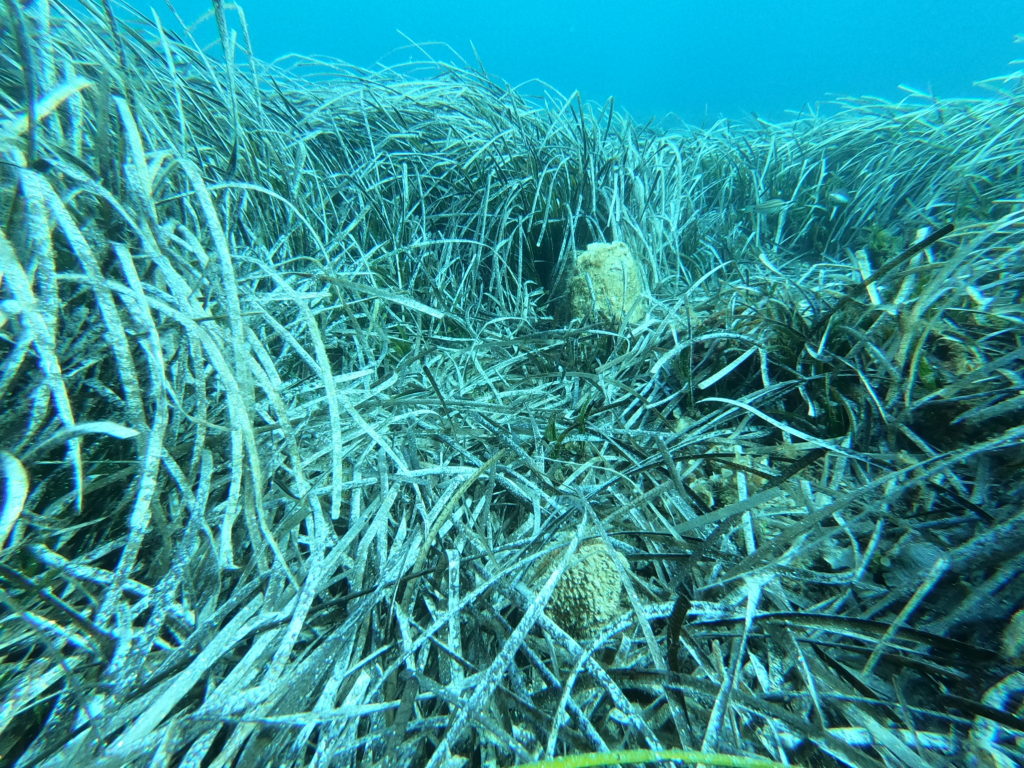
This data is a sad part of the statistics that are already known throughout the Mediterranean and although it is too late for the pen shell around Lastovo, it may not be for the Adriatic!

2025 © Marine Explorers Society 20.000 leagues. ALL Rights Reserved.
